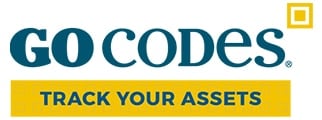IT equipment is considered some of the most critical assets of many organizations, including schools and educational institutions.
Teachers all around the globe use different IT tools to improve their students’ learning experience, especially during long-distance learning in pandemic times.
If you’re looking to learn more about the critical IT equipment for schools, you’re in the right place. In this article, we’ll be going through these assets and seeing how they improve classes.
Let’s start things off with smartboards.
In this article...
Smartboards
Smartboards are some of the best innovations for improving classrooms in recent times.
Older generations can hardly forget how ineffective old blackboards were; the chalk stains, the dusty sponge, and the rudimentary way they used it in class.
Whiteboards with markers were a relative improvement. However, they still had limited use.
On the other hand, smartboards are interactive boards where lecturers can interact with the visual content they’re presenting during class.
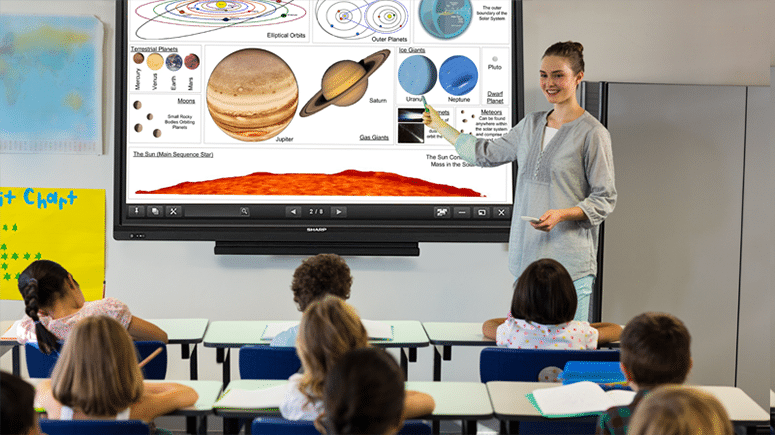
For example, if a lecturer pulls up a schematic, they can zoom to a specific part and open a video that adds value to the lesson.
Smartboards give teachers an edge because they make lectures engaging and multidimensional. They encourage students to take part in problem-solving and improve their experience in the classroom.
Since smartboards are far more complex than classroom boards, they require a bit of onboarding. However, their benefits far outweigh the effort to master them.
An extensive study by the Canadian Center of Science and Education confirmed smartboards significantly increase clarity during class. Hence, it is likely that the adoption of smartboards will only grow with time.
Projectors
Nowadays, it’s hard to imagine classrooms without projectors.
Classroom projectors have been in heavy use for over 15 years. They have become essential presentation tools for classes in schools and universities alike.
What makes projectors a vital piece of IT equipment is their ability to easily pair with a device like a laptop or smartphone and cast presentation slides and images.
Their setup demands are minimal, meaning they only need a white surface and a power supply.
The image quality varies between different projector models and specific types of content will require better resolution than others. Nonetheless, even models with average performance can be an indispensable teaching tool.
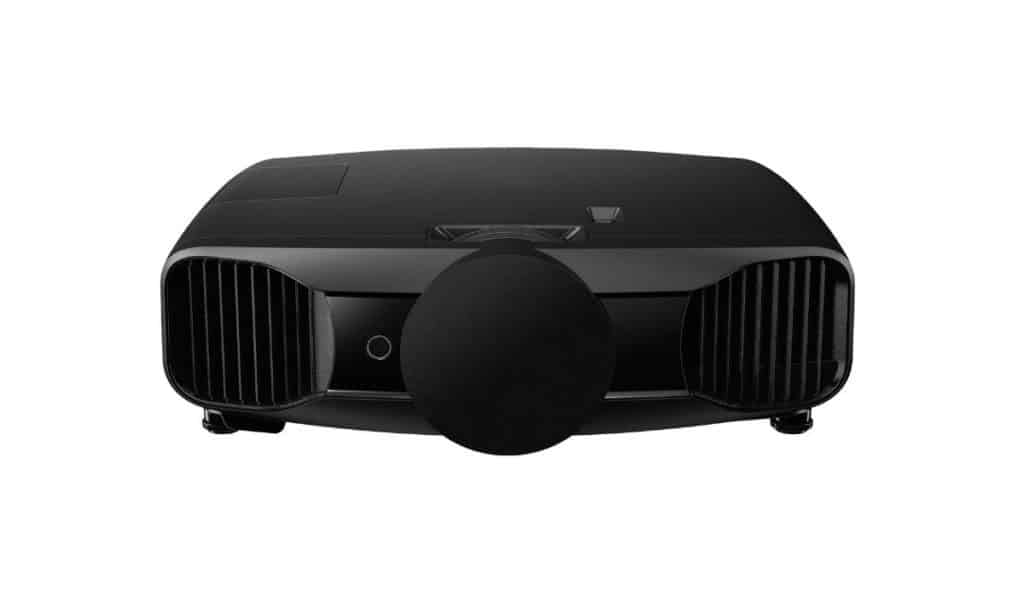
Compared to other similar presentation tools, their only drawback is that affordable, mainstream projectors simply relay content but don’t allow for interaction with it.
However, there are more sophisticated projectors available with interactive options. Such projectors are usually coupled with infrared pens or DLP technology.
One of the greatest benefits of such interactive projectors is that they enable more collaboration and teamwork than just plain demonstration.
Tablets
A tablet is one of the handiest pieces of IT equipment for a teacher or lecturer.
Nowadays, tablets are powerful little devices that can often be a substitute for laptops or classroom PCs. Android tablets can run all the apps from the Microsoft Office pack, the most critical software for educational work.
Tablets are far more mobile than laptops and allow the lecturer to carry them in one hand and lead the lecture.
According to Education Business Network, tablets enable teachers to adapt their lecture style to individual student needs.
For instance, tablets are relatively simple to operate for children with motor skills challenges. Additionally, tablets usually have voice recognition functionalities, and vastly customizable display settings.
That’s why they are beneficial for teaching students with learning disabilities.
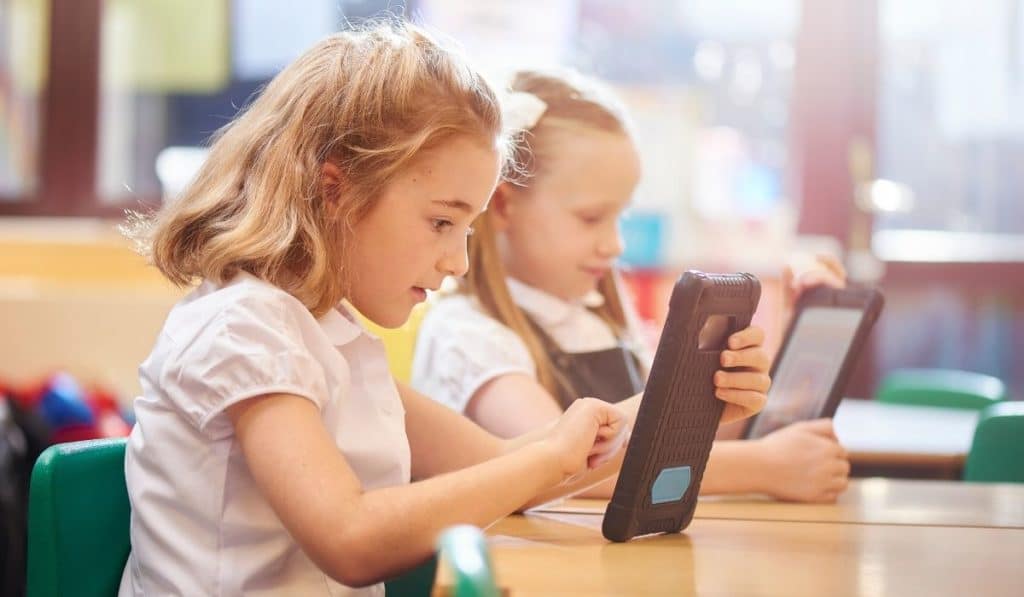
Tablets are also excellent educational tools for all other students to follow lectures, pull up materials, and take notes, all in one place. If a school lends IT equipment to its students, tablets are some of the most versatile educational tools to offer.
Laptops
Numerous teachers use laptops as the essential tool for their work. Even before the pandemic, educators relied on their laptops to prepare lectures and create learning materials.
Today, laptops are invaluable because they enable educators to teach their students online. Since cameras and microphones are the default features of any laptop, teachers use them with video conferencing apps all the time.

Like any device, laptops depend on maintenance. If they’re left unattended for too long, they can malfunction. Scheduled laptop maintenance is a good practice for schools that want their equipment in top condition.
Since we briefly mentioned cameras as standard laptop equipment, let’s discuss cameras and their uses next.
Classroom Camera
Now more than ever, teachers are creating visual educational content for their students to overcome the challenges of long-distance learning.
Educators rely on classroom cameras to broadcast their lectures or record them and make them available as teaching materials. In fact, cameras have become essential tools for long-distance learning.
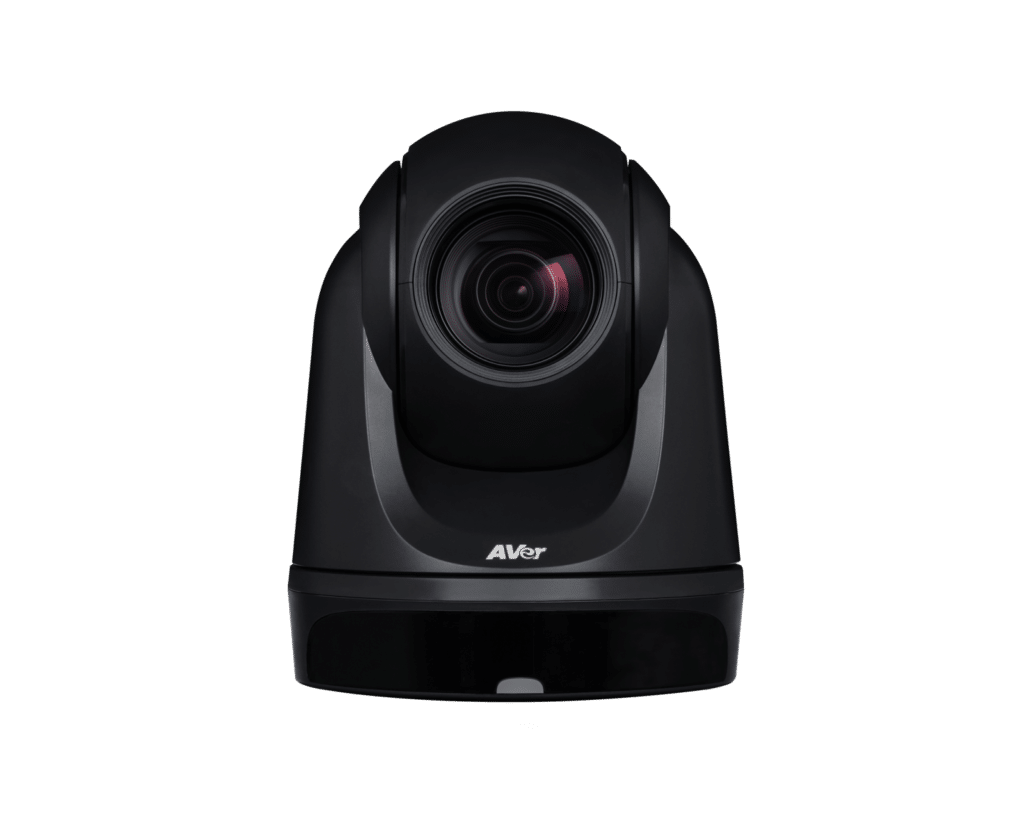
Nowadays, schools can get classroom cameras tailored specifically to teachers.
Unlike traditional webcams or tiny laptop cameras, classroom cams come with wider lenses so they can capture more light and space in the classroom.
Furthermore, some have remote or AI-controlled hands-free features so the teacher doesn’t have to turn the camera each time they move back and forth.
IT equipment like cameras enable teachers to improve the quality of their presentation and content, which is vital for student engagement in the age of lockdowns and virtual classes.
Recording Microphone
Now that we’ve seen why cameras are becoming indispensable in the classroom, let’s check out why microphones should also be added to the IT equipment arsenal.
If the sound quality is poor, whoever is watching a lecture will have difficulty understanding what you’re trying to say. They’ll have to pause and go back throughout the lecture, and that’s frustrating.
This problem gets even worse during live lectures if your students have to constantly interrupt you and ask you to repeat what you just said.
When students watch a video, they’re not as sensitive to poor video quality as with audio. That’s because they rely on the teacher to verbally complement the visuals presented to them.

According to a survey by TechSmith, as much as 75% of videos that were rated as good or great had clear voiceover audio. Hence, a quality microphone can make a huge difference in the quality of your lectures.
Microphones are straightforward to use and can be paired with laptops, tablets, and even smartphones. Using them will make the audio in lessons clear and easy to understand.
Knowing how to add audio recordings to a lecture video requires a modicum of effort. However, that’s something educators can quickly learn how to do.
Classroom Speakers and Sound Systems
If you think classroom speakers aren’t essential tech assets for schools, you’re mistaken.
For students to have a great learning experience, they have to hear clearly what the lecturer is saying. After all, students spend the vast majority of their time listening in class.
There could be many factors getting in the way of your voice being clearly understood, from classroom size to room acoustics. Still, many educators brush off speakers, thinking they’re useful only for large lecture halls, but that’s not the case.

Classroom speakers contribute to increased hearing clarity, but students also achieve better focus, are less distracted, and are less likely to ask the teacher to repeat the instructions.
Furthermore, you should also account for students with varying levels of hearing impairments.
An interesting study by the US Department of Education found that kids with normal hearing achieve a listening accuracy of 91%, while pupils with hearing loss accurately hear about 81% of the lecture.
With speakers or a sound system in the classroom, the listening accuracy of both groups reached 98% on average.
Evidently, a set of classroom speakers can greatly enhance clarity in the classroom so you can be sure your lectures come across loud and clear.
Monitors and Interactive Screens
Interactive screens are becoming invaluable pieces of IT equipment for enhancing the learning experience.
Interactive screens share some capabilities with smartboards and interactive projectors in the sense that they allow students and teachers to interact with the content displayed.
However, one of the greatest advantages of interactive screens and monitors is that they are generally smaller, easier to calibrate, and, unlike wall-mounted whiteboards or projectors, are easier to move around between classrooms.
Therefore, interactive screens and monitors can serve as an alternative to smartboards or as a powerful upgrade to school IT classrooms.

As far as their software advantages, interactive screens come with a variety of programs that enable teachers to create fun and interactive content for their students.
Therefore, teachers can use such screens and software to make any type of lesson more immersive, which in turn creates a more positive learning environment.
Flash Drives
Due to their small size and sizable storage space, flash drives have emerged as one of the most convenient pieces of equipment for transferring and temporarily storing data.
However, their size often becomes a problem because flash drives are easily lost, misplaced, or damaged.
And although the physical cost of a flash drive is almost negligible, the same can’t be said if the flash drive contains irreplaceable data that can’t be retrieved from a different place.
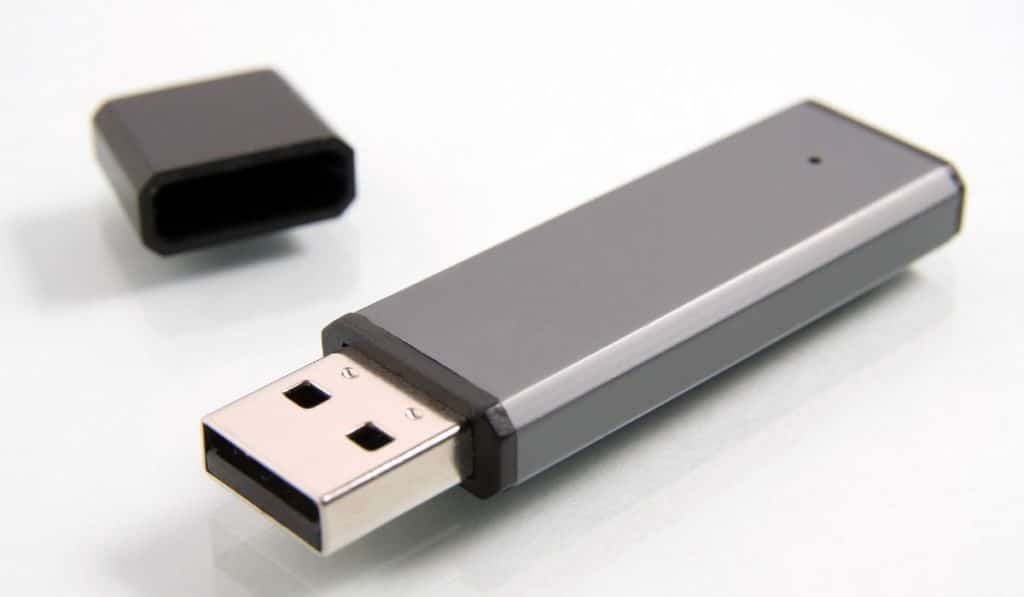
Since small flash drives are still heavily in use, it’s wise to share some best practices regarding safekeeping and maintenance with your staff.
For instance, staff should be discouraged from storing sensitive data on flash drives.
Furthermore, there should always be backups, so there is minimal damage in case a drive gets lost or destroyed.
Lastly, encouraging cloud data storage and sharing is a better option nowadays because it also ensures everyone has access to the latest and most accurate data.
Printers
Despite the widespread adoption of digital files, schools won’t stop using paper anytime soon.
According to a widespread survey, an average teacher in the US spends about 25 to 75 pieces of paper per day handling tests. Although digitization efforts are on the rise, school employees will continue to rely on school printers for their everyday activities.
Printers are one of those IT assets that require regular maintenance. They need regular ink and paper replenishment. Some models also require regular cleaning and the occasional printer head alignment.
If you neglect such basic maintenance, the printer could break down at the most unfortunate moment. And a broken printer will almost certainly disrupt a school’s working environment since teachers and other staff members use it constantly.
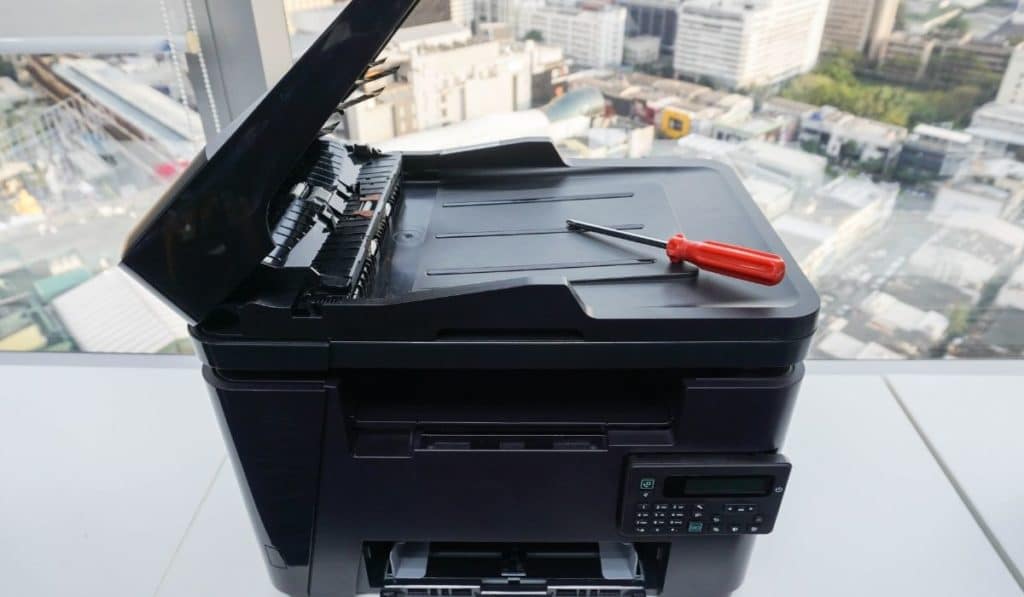
That’s why administrators should insist on adding maintenance practices and regular checkups on printers.
If your school has several printers that are in heavy use, tracking maintenance manually can quickly get out of hand. One solution to this is implementing asset tracking software.
This will not only alert you of when a printer or similar equipment is due for maintenance, but you can also store vital information such as warranties or service information in case a piece of equipment breaks down at some point.
Conclusion
As you can see, schools have long moved up from traditional classrooms with little to no IT equipment. Smartboards, tablets, and other handy devices will continue to improve the quality of schools and other educational institutions.
With the pandemic still disrupting established learning practices worldwide, teachers and educational professionals rely on tech solutions to get past any barriers to their students’ education.
Go through the list of IT equipment we described, and consider how you can use this equipment to improve your lectures and classes.

